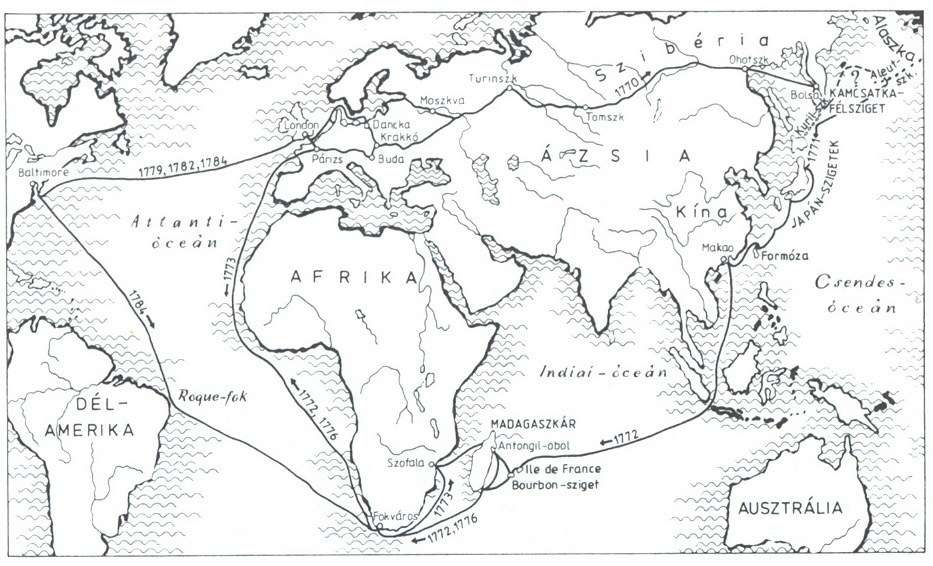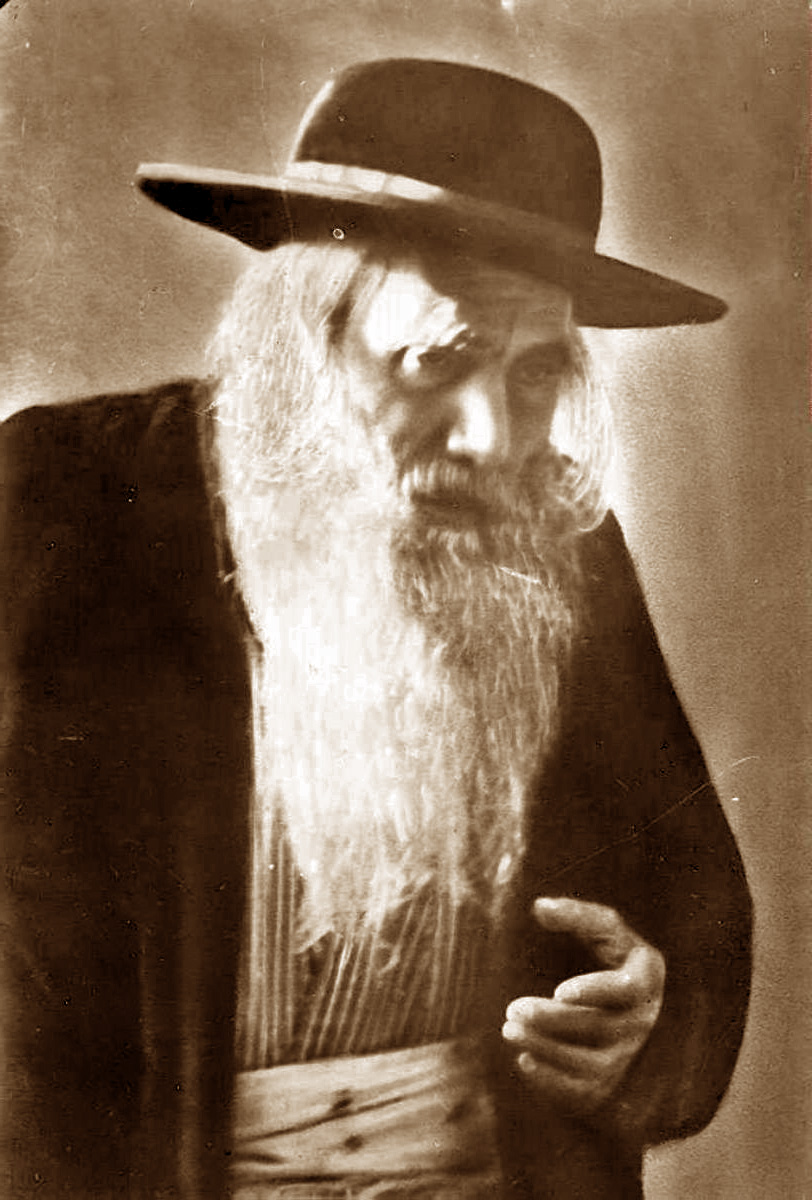|
Vrbové
Vrbové (german: Vrbau (modernized: ''Werbau''); hu, Verbó) is a town in the Trnava Region of Slovakia. It has a population of about 6,000. The town lies around northwest from Piešťany. Characteristics The town features an originally Gothic church from 1397, an Evangelical Lutheran church from 1928-1929 (on the site of an older Protestant church of 1784), a baroque curia from the 17th century, an oriental-style synagogue from 1883, and a modern St. Gorazd Church. The Čerenec Dam (0.46 km²), situated to the northwest of the town, is a recreation area. History The present-day town is a very old settlement. The name of the town is derived from a Slavic word for ''willow''. The first written reference to the town stems from 1332. at that time it was part of the Čachtice Castle domain . Vrbové received its town charter in 1437, and was devastated by Turkish troops in 1599. The town was famous for its grain markets, promoted mainly by Jews, who made up a large part ... [...More Info...] [...Related Items...] OR: [Wikipedia] [Google] [Baidu] |
Móric Beňovský
Count Maurice Benyovszky de Benyó et Urbanó ( hu, Benyovszky Máté Móric Mihály Ferenc Szerafin Ágost; pl, Maurycy Beniowski; sk, Móric Beňovský; 20 September 1746 – 24 May 1786) was a renowned military officer, adventurer, and writer from the Kingdom of Hungary, who described himself as both a Hungarian and a Pole. He is considered a national hero in Hungary, Poland, and Slovakia. Benyovszky was born and raised in Verbó, Kingdom of Hungary (present-day Vrbové, Slovakia). In 1769, while fighting for the Polish armies under the Bar Confederation, he was captured by the Russians and exiled to Kamchatka Peninsula, Kamchatka. He subsequently escaped and returned to Europe via Macau and Mauritius, arriving in France. In 1773, Benyovszky reached agreement with the French government to establish a trading post on Madagascar. Facing significant problems with the climate, the terrain, and the native Sakalava people, he abandoned the trading post in 1776. Benyovszky then re ... [...More Info...] [...Related Items...] OR: [Wikipedia] [Google] [Baidu] |
Synagogue (Vrbové)
The Synagogue in the Slovak town of Vrbové was erected in 1883. It is a protected cultural monument. History A Jewish community in Vrbové is known since at least 1522. At the 1880 census the 1303 Jews comprised 28% of the town's population. The present building of the former synagogue was erected in 1883 at Beňovského Street, the main street of the town. In the late 1980s the town's authority started the restoration with the aim to use the building for cultural purposes, and two facades were given a respectable appearance. But after the political changes of 1989 half of the property was given to the individuals who owned the building shortly after WW II and the work stopped. Architecture The synagogue has a three-partite front in the Moorish style and is decorated with horizontal red-yellow stripes, octagonal stars and slim minaretes. The door and windows are built in the Rundbogenstil (round-arch style) is a nineteenth-century historic revival style of archi ... [...More Info...] [...Related Items...] OR: [Wikipedia] [Google] [Baidu] |
Jozef Adamec
Jozef Adamec (26 February 1942 – 24 December 2018) was a Slovak football forward and manager. Adamec won seven Czechoslovak First League titles in his club career, winning two with Dukla Prague during his military service, followed by five more while playing for Spartak Trnava. Other clubs he played for were Slovan Bratislava and lower-division Austrian club Slovan Wien, where he took on a player-manager role. As a football manager, Adamec took charge of clubs in Czechoslovakia and later Slovakia. Between 1999 and 2001 he led the Slovakia national football team. Career In the Czechoslovak First League he played 383 matches and with 170 goals is 10th in the Czechoslovak All-Time Topscorers Table. He was capped 44 times for Czechoslovakia, scoring 14 goals. He was a participant at the 1962 FIFA World Cup and 1970 FIFA World Cup. His most memorable performance was his hat-trick against Brazil in match Czechoslovakia - Brazil 3:2 (1:1) played at 23 June 1968 in Bratislava. H ... [...More Info...] [...Related Items...] OR: [Wikipedia] [Google] [Baidu] |
Yosef Chaim Sonnenfeld
Yosef Chaim Sonnenfeld, also spelled Zonnenfeld (1 December 1848 – 26 February 1932), was the rabbi and co-founder of the Edah HaChareidis, a Haredi Jewish community in Jerusalem, during the years of the British Mandate of Palestine. He was originally given the name "Chaim"; however, the name "Yosef" was added to him while he experienced an illness. Sonnenfeld was born in Verbó in the Austrian Empire. His father, Rabbi Avraham Shlomo Zonnenfeld, died when Chaim was five years old. Sonnenfeld was a student of Rabbi Samuel Benjamin Sofer (the ''Ksav Sofer''), the son of Rabbi Moses Sofer (the ''Chasam Sofer''). He was also a student of Rabbi Avraham Schag in Kobersdorf (who was himself a disciple of the Chasam Sofer); Sonnenfeld moved from the latter city to Jerusalem in 1873. Sonnenfeld became an important figure in Jerusalem's Old City, serving as the right-hand man of Rabbi Yehoshua Leib Diskin and assisting the latter in communal activities, such as the founding of sc ... [...More Info...] [...Related Items...] OR: [Wikipedia] [Google] [Baidu] |
Vrbovce, Slovakia
Vrbovce ( hu, Verbóc or ''Verbósz'') is a village stretching out in the protected landscape area of the White Carpathians in Myjava District in the Trenčín Region of north-western Slovakia, on the border with the Czech Republic. History Vrbovce was mentioned in historical documents for the first time in 1394 when it belonged to the Branč castle. Since 1569 its owner was transferred gradually to the Amades, Hédervárys, Nyárys, Zichys families and others. The village was also granted town privileges which were destroyed in a fire in 1757. In 1810 the Vrbovce villagers were granted the right to hold markets. Geography The municipality lies at an altitude of 317 metres and covers an area of 51.520 km2. From the northern side the village cadastre is bounded with the state border and the border crossing with the Czech Republic. Population The people of Vrbovce mainly went in for agriculture, stock breeding, small trades and handicrafts (sack-making, basket-makin ... [...More Info...] [...Related Items...] OR: [Wikipedia] [Google] [Baidu] |
Slovaks
The Slovaks ( sk, Slováci, singular: ''Slovák'', feminine: ''Slovenka'', plural: ''Slovenky'') are a West Slavic ethnic group and nation native to Slovakia who share a common ancestry, culture, history and speak Slovak. In Slovakia, 4.4 million are ethnic Slovaks of 5.4 million total population. There are Slovak minorities in many neighboring countries including Austria, Croatia, Czech Republic, Hungary, Poland, Romania, Serbia and Ukraine and sizeable populations of immigrants and their descendants in Australia, Canada, France, Germany, United Kingdom and the United States among others, which are collectively referred to as the Slovak diaspora. Name The name ''Slovak'' is derived from ''*Slověninъ'', plural ''*Slověně'', the old name of the Slavs ( Proglas, around 863). The original stem has been preserved in all Slovak words except the masculine noun; the feminine noun is ''Slovenka'', the adjective is ''slovenský'', the language is ''slovenčina'' and the countr ... [...More Info...] [...Related Items...] OR: [Wikipedia] [Google] [Baidu] |
David Zvi Hoffmann
David Zvi Hoffmann (November 24, 1843, Verbó, Austrian Empire – November 20, 1921, Berlin) (Hebrew: דוד צבי הופמן), was an Orthodox Rabbi and Torah Scholar. He headed the Yeshiva in Berlin, and published research on the Pentateuch and Mishna, both in reaction to erstwhile Biblical criticism. He is referred to as רד"צ הופמן - ''Radatz Hoffmann'' - in later Rabbinic writing. He was an expert in Midrash halakha and the foremost halakhic authority in Germany in his generation. He is well known for his strident literary opposition to the Graf-Wellhausen theories of Biblical origin, while on the other hand, he quotes prominent Wissenschaft figures in his researches on Mishnah and Talmud. His commentary on the Pentateuch is still often referred to. Education and career Born in Verbó in 1843, he attended various Yeshivas in his native town before he entered the college at Pressburg, from which he graduated in 1865. He then studied philosophy, history, ... [...More Info...] [...Related Items...] OR: [Wikipedia] [Google] [Baidu] |
Vítkov (Opava District)
Vítkov (; german: Wigstadtl, pl, Witków) is a town in Opava District in the Moravian-Silesian Region of the Czech Republic. It has about 5,600 inhabitants. Administrative parts Villages of Jelenice, Klokočov, Nové Těchanovice, Podhradí, Prostřední Dvůr, Lhotka and Zálužné are administrative parts of Vítkov. Jelenice forms an exclave of the municipal territory. Geography Vítkov lies about southwest of Opava. It is located in the Nízký Jeseník mountain range. The highest point is the hill Horka with an altitude of . The Moravice River forms the northern municipal border. History The first written mention of Vítkov is from 1301. The town and the Vikštejn Castle were founded by Vítek of Kravaře in the second half of the 13th century. In the following centuries, the town often changed owners, who were among the lower nobles. In 1713–1714, the then owner of the Vítkov estate, Wipplar of Ulschitz had built a Baroque mansion. The Vikštejn Castle (today outsid ... [...More Info...] [...Related Items...] OR: [Wikipedia] [Google] [Baidu] |
Twin Towns And Sister Cities
A sister city or a twin town relationship is a form of legal or social agreement between two geographically and politically distinct localities for the purpose of promoting cultural and commercial ties. While there are early examples of international links between municipalities akin to what are known as sister cities or twin towns today dating back to the 9th century, the modern concept was first established and adopted worldwide during World War II. Origins of the modern concept The modern concept of town twinning has its roots in the Second World War. More specifically, it was inspired by the bombing of Coventry on 14 November 1940, known as the Coventry Blitz. First conceived by the then Mayor of Coventry, Alfred Robert Grindlay, culminating in his renowned telegram to the people of Stalingrad (now Volgograd) in 1942, the idea emerged as a way of establishing solidarity links between cities in allied countries that went through similar devastating events. The comradesh ... [...More Info...] [...Related Items...] OR: [Wikipedia] [Google] [Baidu] |
Bnei Brak
Bnei Brak or Bene Beraq ( he, בְּנֵי בְּרַק ) is a city located on the central Mediterranean coastal plain in Israel, just east of Tel Aviv. A center of Haredi Judaism, Bnei Brak covers an area of 709 hectares (1752 acres, or 2.74 square miles), and had a population of in . It is one of the poorest and most densely populated cities in Israel, and the 5th-most densely populated city in the world. History Bnei Brak takes its name from the ancient Biblical city of Beneberak, mentioned in the Tanakh (Joshua 19:45) in a long list of towns within the allotment of the tribe of Dan. Bnei Brak was founded as an agricultural village by eight Polish Hasidic families who had come to Palestine as part of the Fourth Aliyah. Yitzchok Gerstenkorn led them. It was founded about 4 kilometers (2.5 miles) from the site of Biblical Beneberak. Bnei Brak was originally a moshava, and the primary economic activity was the cultivation of citrus fruits. Due to a lack of land, many ... [...More Info...] [...Related Items...] OR: [Wikipedia] [Google] [Baidu] |





.jpg)
.jpg)